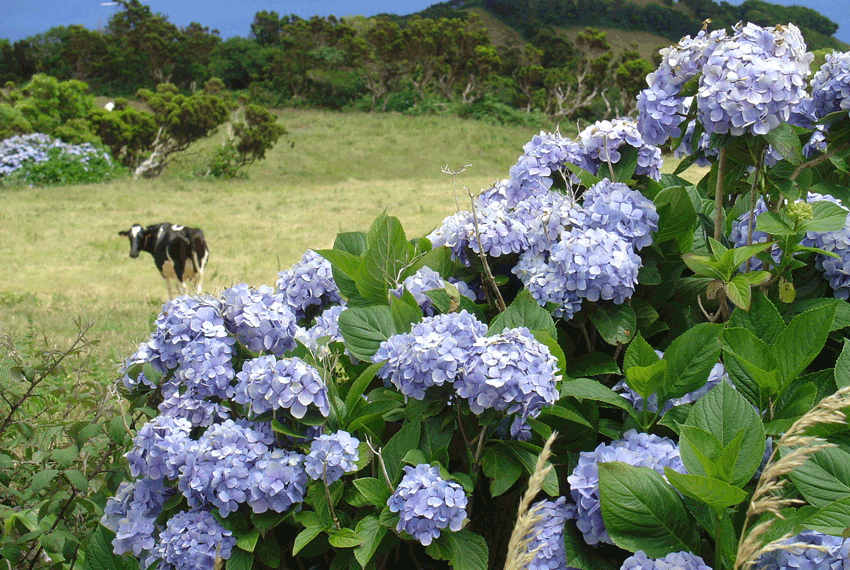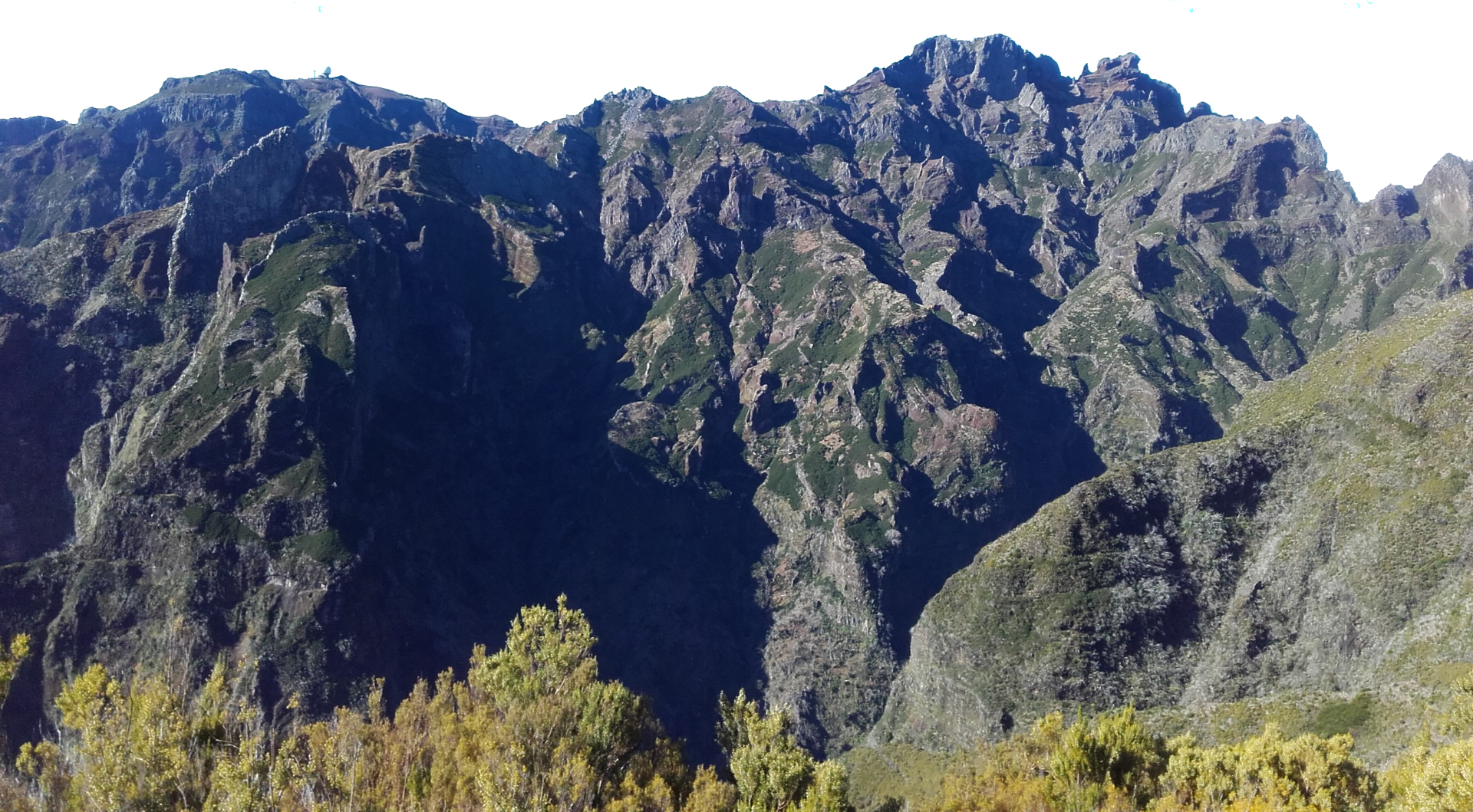The spectacular 9 islands of the Azores are volcanic rocks that immerge from the vastness of the Atlantic Ocean. First discovered by Portuguese sailors in the 15th century, they soon became an essential stopover on transatlantic voyages. Today, the economy of the Azores islands is largely dependent on the production of milk, fishing and tourism.
The 9 islands of the Azores: a colourful archipelago
The 9 islands of the Azores form the Portuguese archipelago, and each island has its own, unique setting and ambiance: caldera peaks, long bays lined with hydrangeas, green meadows, lava rock & incredible volcanoes. It is the diversity of landscapes that has earned each Azores island its coloured nickname.
Santa Maria : the yellow island
The yellow island, also known as the island of the sun, is a surprisingly peaceful haven off the tourist radar. It owes its colour to the arid climate. Due to drought, the vegetation takes on yellowish tones and blends into a decor of dark ochre earth and blond sand, forming a stunning contrast with the turquoise waters that border the island.
Pico : the black island
It is on this island that you will find a land scorched by flowing lava that seems to have barely cooled. The locals call these lava fields "lajidos" or "terras de biscoito" (biscuit lands). They have managed to take advantage of this specific landscape by developing a unique wine culture consisting of segmenting the vineyards with small black stone walls, providing the vines with a sustainable environment in an otherwise hostile setting. The vineyards of Pico were declared a World Heritage Site by UNESCO in 2004.
Faial: the blue island
The Blue Island is unique in its kind. Its nickname comes from the huge beds of blue hydrangeas that you will find along the roads, between the fields or in the gardens of the houses when you visit Faial from May onwards.
São Jorge: the brown island
The brown island is spectacular for its cliffs and “fajãs” (eroded basalt platforms) that give it its colour nickname. This vertiginous mountain island was declared a Biosphere Reserve in 2016 by UNESCO due to the forty or so fajãs that cover the landscape and delight hikers who come exploring.
São Miguel: the green island
Sao Miguel is the largest of the 9 islands of the Azores and owes its colour to the lush vegetation. Volcanic massifs, the central mountain range, vineyards and tea plantations (unique in Europe) offer an authentic setting where cows have made themselves at home. Urban legend even claims that the island has twice as many cows as inhabitants!
Graciosa: the white island
The White Island is also a UNESCO Biosphere Reserve, but its nickname comes from Pedras Brancas (white stones), Serra Branca (white mountain) or Barro Branco (white clay). These are special geological places whose names make it clear what colour is predominant!
Terceira: the lilac island
The lilac island owes its nickname to Angra do Heroismo, its capital city founded in 1534. For a time, it was an important trading hub in the archipelago and also between Europe and America. It is the purple colour of the facades of its historic centre that earned the island its nickname.
Flores: the multi-coloured island
The flower island owes its multi coloured status to the abundance of "subres" flowers (solidago sempervirens) which blend into the landscape of waterfalls and lakes. Also classified as a Biosphere Reserve by UNESCO since 2009, this island of flowers is the archipelago's little paradise, the "Switzerland of the Azores" boasting lush nature, breathtaking views of its rugged terrain and, of course, various shades of colour!
Corvo: the grey island
The smallest and most remote of the 9 islands of the Azores is actually a volcano where the inhabitants live in its centre. A surprising discovery in absolute serenity, Corvo was declared a Biosphere Reserve by UNESCO in 2007. As for its colour, this is due to the lavic fajãs that cover the landscape and the typical houses characterized by grey stone facades with white doors and windows.
There are regular flights from Portugal to the Azores islands, as well as local companies operating internal, island to island flights. The best time to visit the 9 islands of the Azores is during the summer months, from April to October, with mild and fairly constant temperatures, although the proximity of the Atlantic Ocean can make the humidity levels rise.
In short, the 9 islands of the Azores are more than an archipelago. They are a palette of colour making this inter-island journey an exceptional discovery. Each day, you will be transported from one world to another in just a few hours thanks to the unique beauty of these small islands, scattered like confetti in the ocean.




